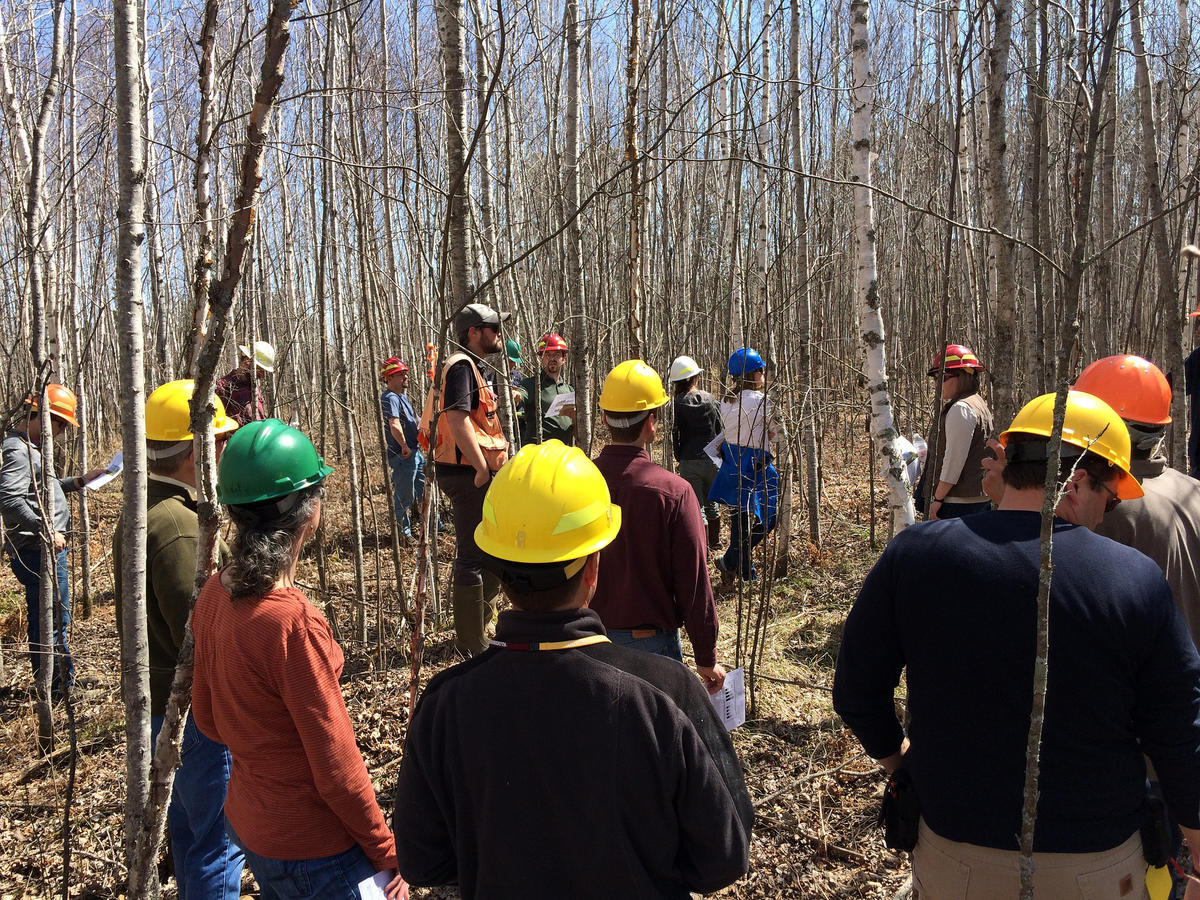Silviculture Objective(s)
To apply four levels of release to a 15-year old paper birch stand to evaluate growth responses and effect on future production.
Pre-treatment stand description and condition
Stand establishment and management history:
Stand was regenerated using the uniform shelterwood method in 1979-1982. Refer to the case entitled "CFC 1979 Paper Birch Shelterwood" for details.
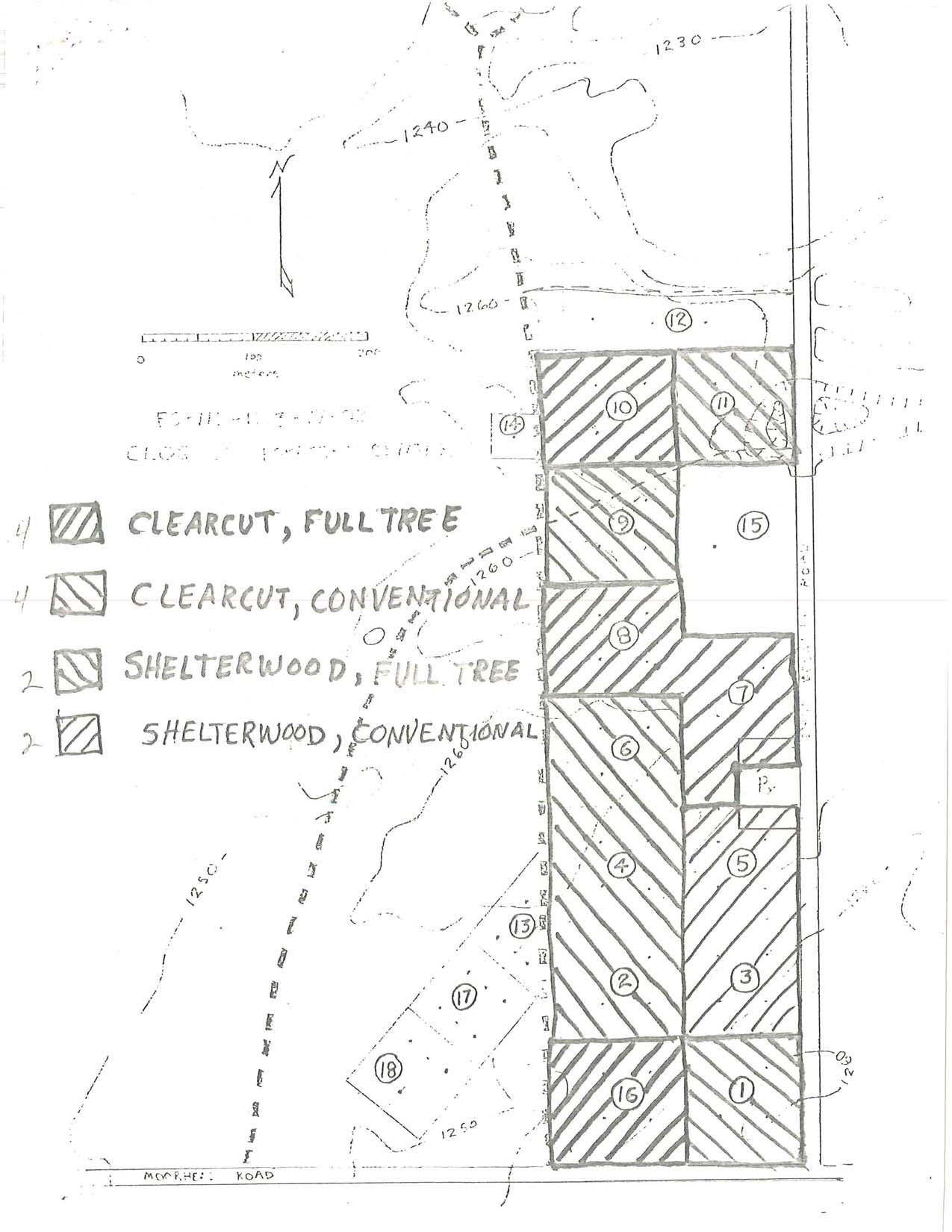
Figure 1: Paper birch shelterwood trials plot treatment information from CFC archives.
Pre-treatment growth and stocking:
Detailed data not available.
Pre-treatment forest health issues:
None noted.
Silviculture Prescription
From Puettmann and Zenner (2008), NJAF: In the summer of 1996 (age, 15 years), four levels of release were applied to cover a wide gradient of release intensity incorporating both an early, heavy, and infrequent (EHI) approach and an early, late, and often (ELO) approach, as well as a no-release control. The most-intensive treatments (250 trees per acre [TPA] [EHI250] and 500 TPA [EHI500]) followed the intent of eastern paper birch guidelines and eliminated most, if not all, aspen and red maple, leaving mostly paper birch. The least-intensive treatment [750 TPA (ELO750)] reflects recommended conditions at ages of approximately 20 to 25 years (approximately 5 in. dbh) after releasing 300–400 crop trees/ac. The ELO750 treatment was selected with the assumption that multiple future thinnings would be implemented to stimulate and concentrate growth on the most desirable trees.
What actually happened during the treatment
Being a research study, records indicate that the treatment was carefully implemented according to the prescription. No deviations or surprises are noted in the records.
Post-treatment assessment
Refer to the photo depicting table 1 from Puettmann and Zenner (2008), NJAF.
Similar to growth patterns observed for all paper birch, there was no statistically significant release effect on 6-year height growth (P=0.79) and crown lift (P=0.17), but growth of QMD (P<0.001), basal area (P=0.005), and volume (P=0.013) responded significantly to release but not significantly differently to release intensities (all P>0.5). On average, growth of QMD, basal area, and volume of birch tree crop trees in release plots was approximately 2–3 times that of control plots. The simulation results of this study suggest that the main long-term impact of even a single intensive early release treatment in this mixed aspen-birch stand is continued birch dominance throughout stand development, as well as the increased potential for birch sawtimber production. It is too early to determine whether a single-intensive release treatment will affect the quality of the final stand.
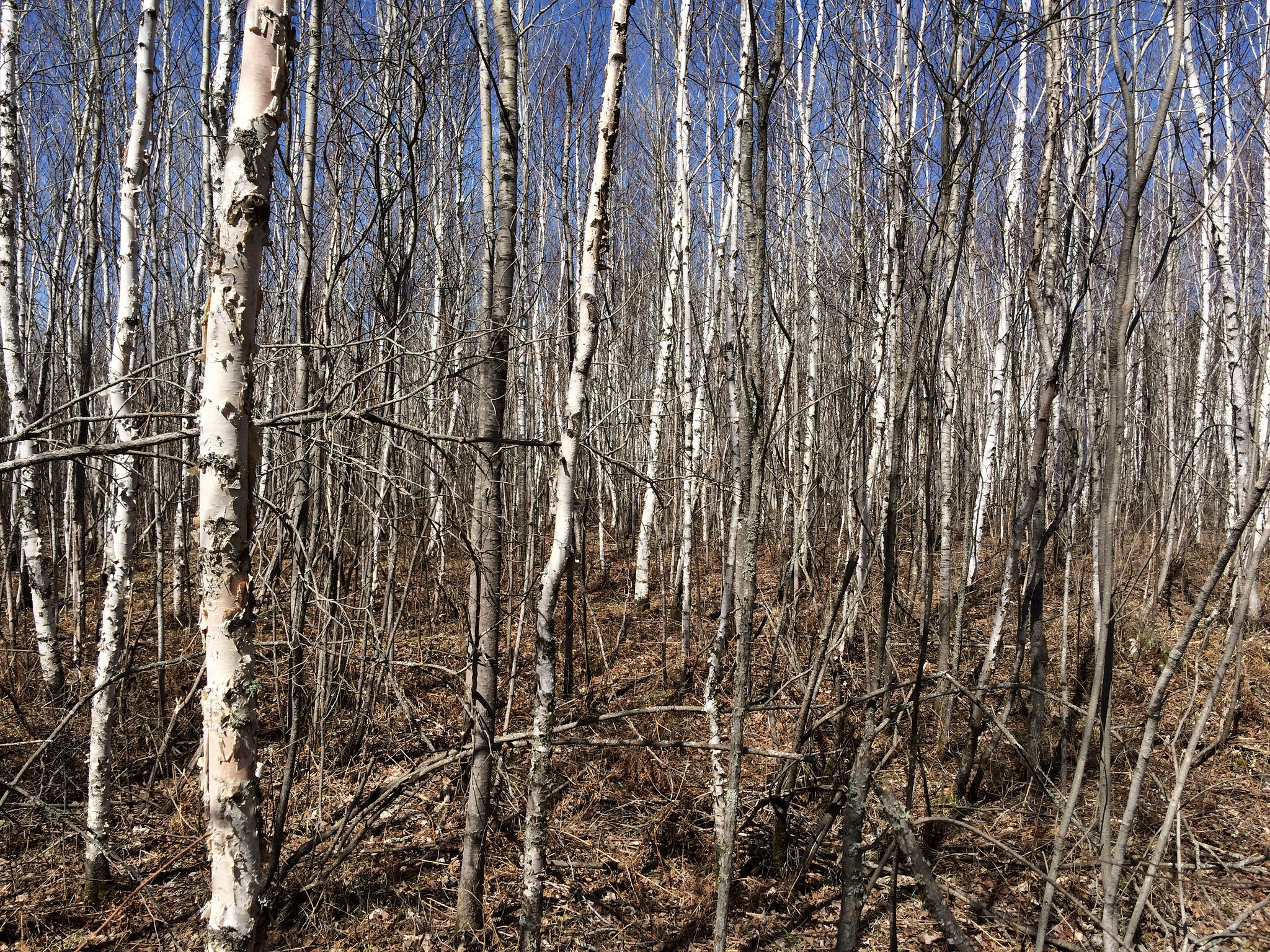
Figure 2: Paper birch regen 35 years after shelterwood treatment, Cloquet MN
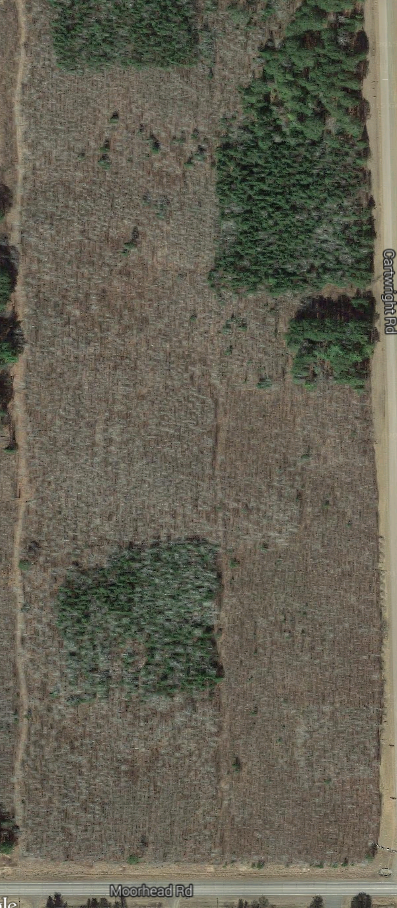
Figure 3: CFC birch trials leaf-off photo from Google Maps
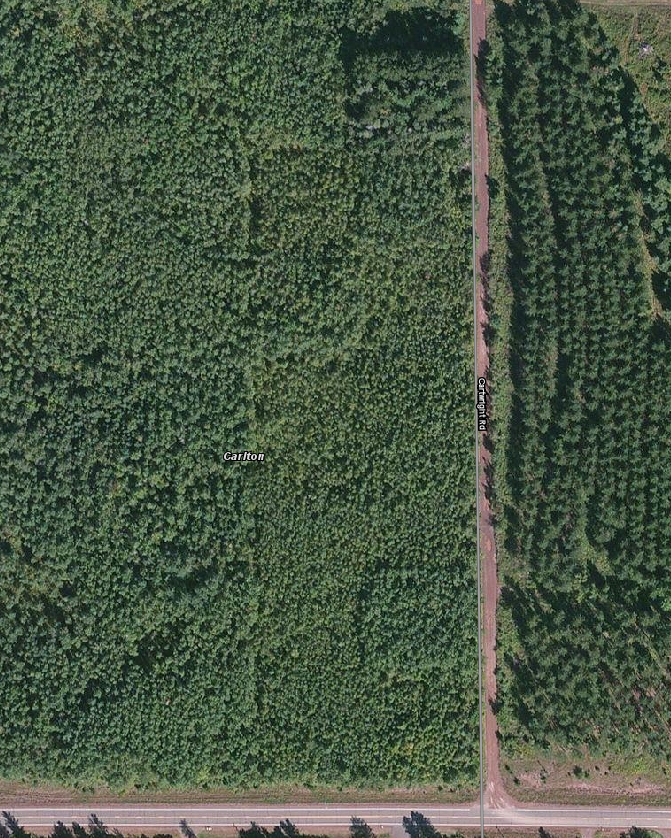
Figure 4: CFC birch trials growing season aerial photo from Google Maps
Plans for future treatments
Not noted.
Other notes
Much more detail is available in Puettmann and Zenner (2008), Contrasting Release Approaches for a Mixed Paper Birch (Betula papyrifera)–Quaking Aspen (Populus tremuloides) Stand. Northern Journal of Applied Forestry 25(3).
Summary / lessons learned / additional thoughts
Combining analyses of measured short-term effects of early release with long-term growth simulations provided us with an opportunity to put our management strategies in a long-term perspective. Results clearly indicate that ELO and EHI treatments sacrificed short-term stand volume production. However, for most birch management scenarios, this is less important than ensuring that paper birch remains the dominant species and will not be threatened by fast-growing species in the near future. Although none of the tested release strategies had clear advantages over others in the short term, early release led to significantly improved birch growth and reduced birch mortality compared with controls. For mixed stands in which only a single treatment will be applied throughout the rotation, long-term projection results indicate that the EHI approach appears to provide adequate merchantable timber and may allow for increased paper birch sawtimber production, although perhaps at some risk of reduced stem quality. Long-term monitoring of growth and quality development will be necessary to evaluate whether and when stemwood production in EHI treatments surpasses that observed in the ELO treatment.
Submitted by
Eli Sagor
Eli Sagor manages the University of Minnesota’s Sustainable Forests Education Cooperative, based at the Cloquet Forestry Center. In that role, he organizes and delivers continuing education programs related to forest ecology and management for professional natural resource managers. He has been with the University of Minnesota since March of 2000.
